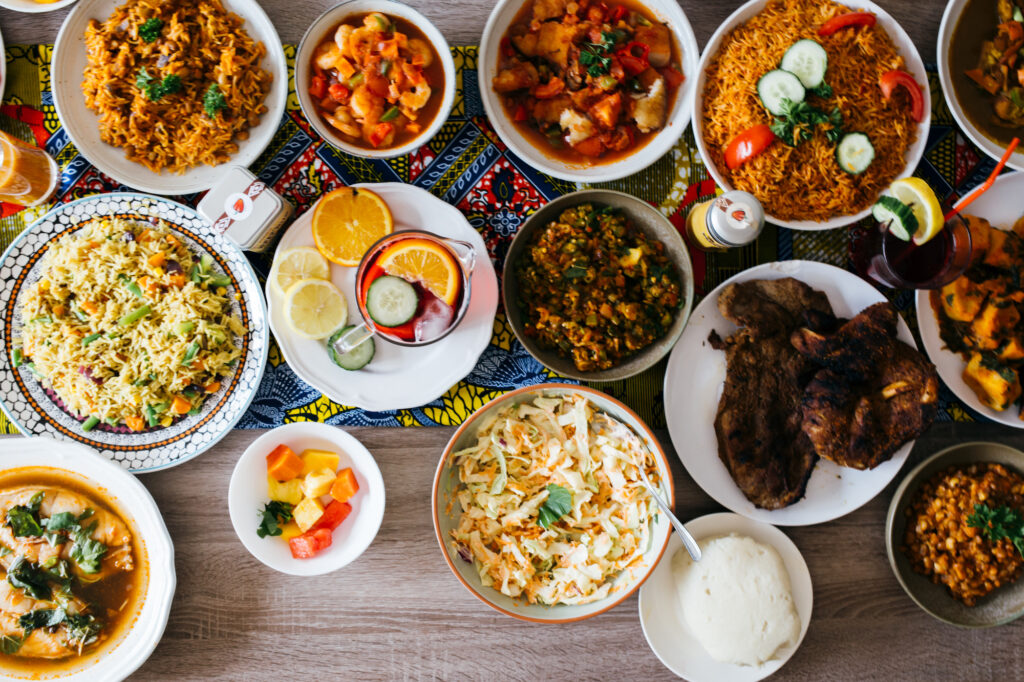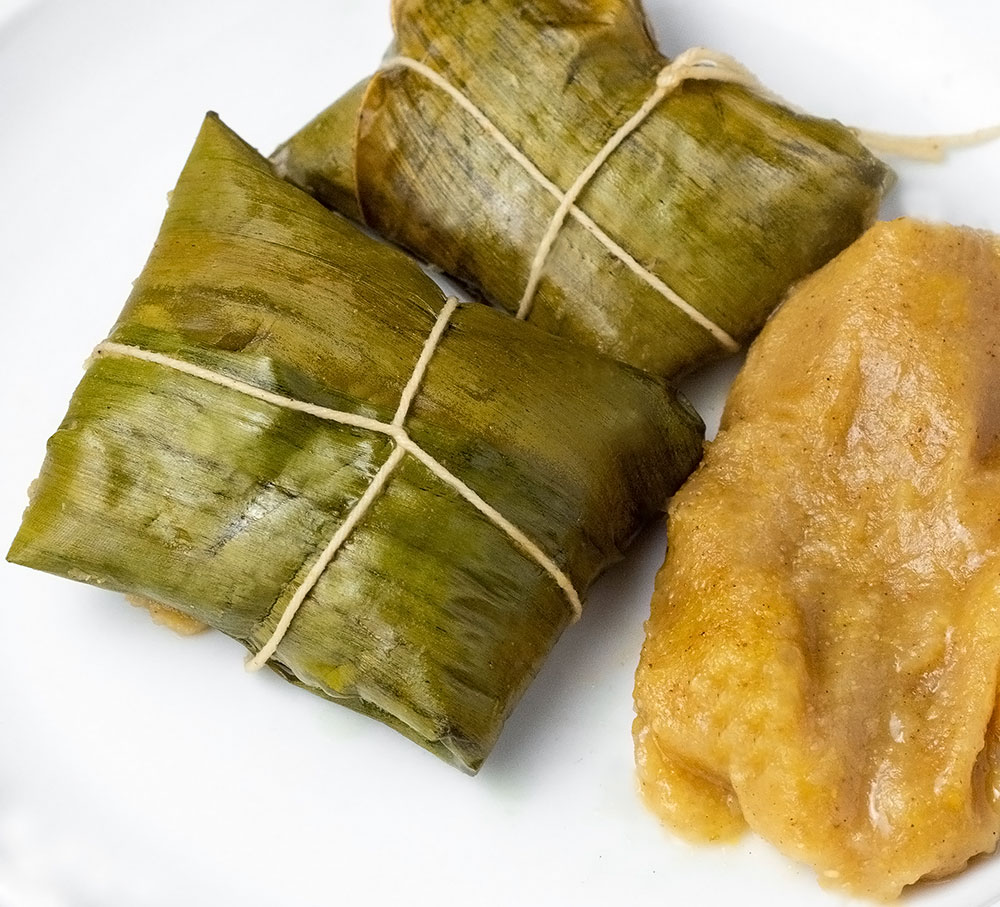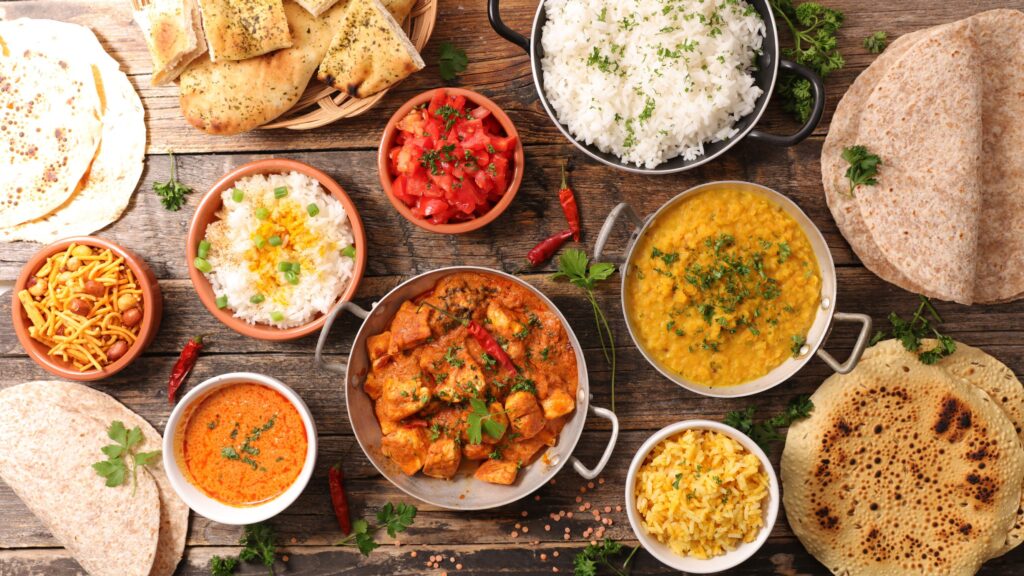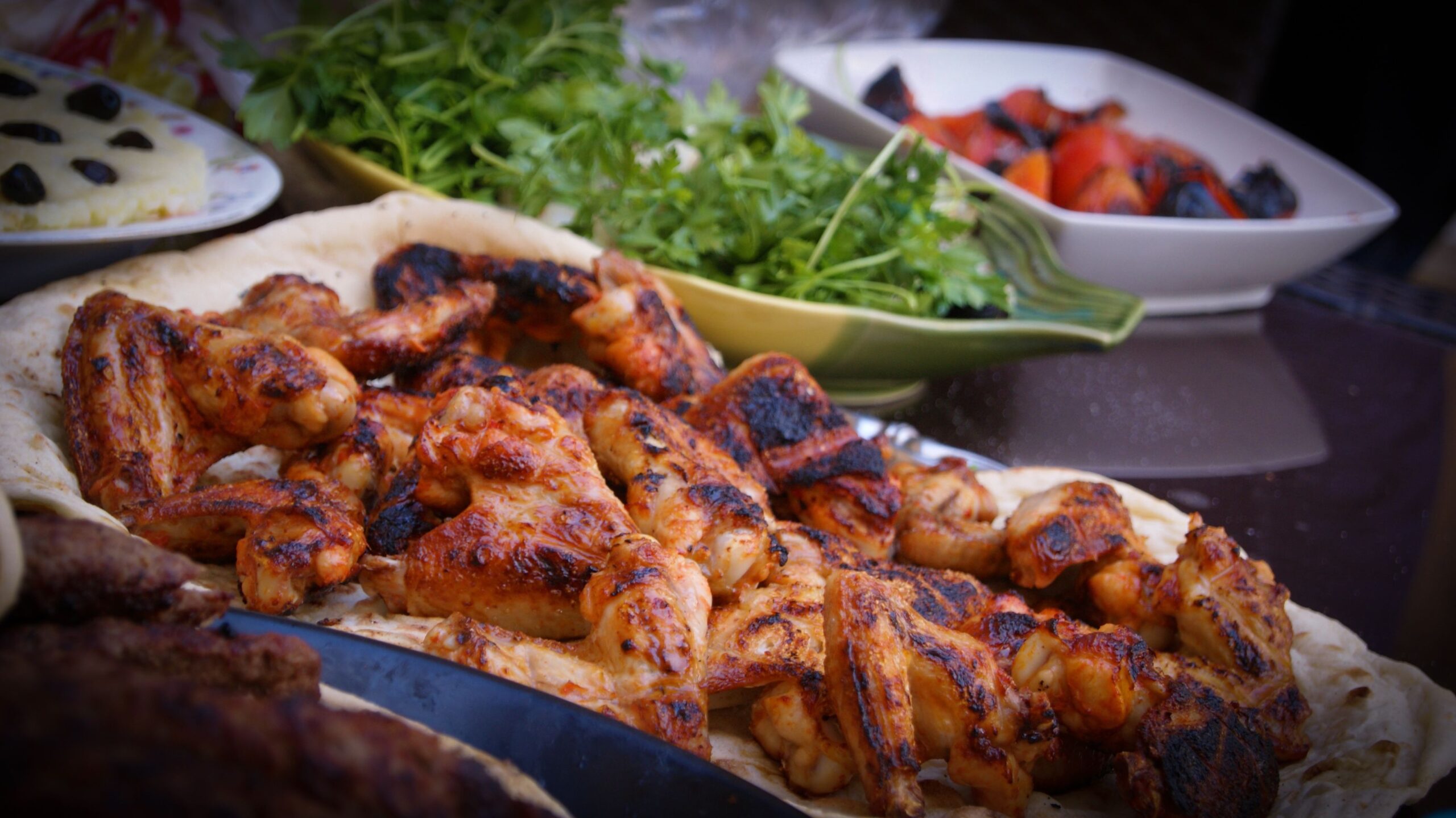Caribbean Cuisine has become popular globally due to the migration of Caribbean people, but Caribbean cuisine is often misunderstood. People assimilate it with other cuisines and there are many assumptions about the authentic Caribbean cooking that Jirie Caribbean will be clarifying for you. But first, we must define Caribbean cuisine.
Caribbean cooking is a vibrant fusion of influences from all the cultures that have made their way to the shores of the islands and territories throughout history. With influences from the indigenous Arawaks and Caribs, as well as Africa, India, and Europe, Caribbean food is packed with fragrant marinades and chutneys made with fresh locally grown herbs, mouth-watering hot sauces, and the seemingly ever-present spices. Food is typically cooked over a wood fire grill or slowly simmered in one pot. Not many recipes call for frying or the use of trans fat ingredients leaning Caribbean foods on the healthier side of things. The key ingredients which act as vehicles to carry the rich and spicy flavors of Caribbean cuisine include rice, plantains, beans, cassava, cilantro, bell peppers, chickpeas, tomatoes, sweet potatoes, and coconut milk.
We can better understand how each culture comes into play so the next time you see a Caribbean recipe or order Caribbean food you’ll know exactly why your mouth is watering uncontrollably and your brain is registering flavors from other cuisines that you love. Let’s further break down this seemingly complicated cuisine with its multiple genres of cuisines from its long lineage from across the world.
Creole/Cajan Cuisine

Many Caribbean dishes may seem identical with their seasonings and food preparation to Creole/Cajan cuisine. Yes, that’s right… just like that Creole/Cajan cuisine you know and love in America. Just like many states in the south of the USA, Spanish and French colonizers fought for centuries for many Caribbean islands and territories. Naturally, with the addition of African and Amerindian cultures forced to cook with only what was available, the Creole and Cajan influence on Caribbean Food is present. Marinades, spices, and long cooking in covered pots helped tenderize meat, produce rich and flavorful food and sauces. The practice of cooking with tomatoes and hot peppers shows the influences from Spanish and African sources. Countries of the Eastern Caribbean islands and Trinidad have the heaviest presence of Cajan/Creole-style cooking in their dishes but like a tropical breeze, the cuisine has found its way to almost all the Caribbean islands and territories.
Afro-Caribbean Cuisine

The Caribbean islands were originally inhabited by the Taino and Carib people. Then came the Europeans on the Islands following Christopher Columbus’ discovery. Shortly afterward, millions of slaves were shipped from West Africa to work on sugar plantations in the Caribbean. The indigenous Amerindian people and the Africans integrated and to date. Caribbean cuisine is a predominant mix of these two cultures. When the Africans arrived, they brought their food and culture with them. Take Duckanoo, for instance, it is a sweet or savory corn dough cooked in banana leaves. It is known in the Caribbean by many names such as Blue Drawers, tie-a-leaf, and pemmi. Duckanoo originated from West Africa and was called dokunu in Ghana by the Asante tribe. This dish was brought to the Caribbean by the slaves and the blend of culture with Amerindians gave birth to the Afro-Caribbean food. Today, most Afro-Caribbean food (s) are composed mainly of yam, cassava, green banana or plantain, breadfruit, sweet potatoes, cocoyam, bread, coconut, lentil, rice, fish, and meats.

Southeast Asian Cuisine
The last piece of this puzzle comes from the final set of people to migrate to the Caribbean. Indentured laborers from mainly India took the long voyage to the Caribbean seeking refuge from famines and poverty under British colonial rule in South East Asia. These Indians kept true to their traditions, culture, and cuisine which integrated seamlessly into Caribbean cuisine. This is one of the genres where the abundance of spice in Caribbean cuisine comes from. While European sailors brought over spices from Asia long before indentured laborers, it is the style and application of these spices to food that Indians bring to Caribbean cuisine that gives it that nostalgia for Southeast Asia. The heavy application of coconut milk in cooking and dishes like curried meats, rotis, chutneys and dal pooris have become part of Caribbean cuisine.

Jirie Caribbean is eager to bring this exciting and vibrant cuisine to you and your kitchen so much so that we have curated hand-blended Caribbean spices that have captured the amalgamation of all these genres in Caribbean Cuisine. Spice blends such as Jirie’s Caribbean All-Purpose seasoning blend which boasts an all-rounded burst of spice, woody, sweet, and citrusy flavors that versatile enough to be used and to even replace some seasonings in many savory dishes within various cuisines and recipes. Ideal for your meats, poultry, fish, and vegetables. For a spark of flavor, add to soup, stir-fry, sauces, and marinades. Visit our store, and explore the array of Caribbean seasoning blends, a must-have for your pantry!



